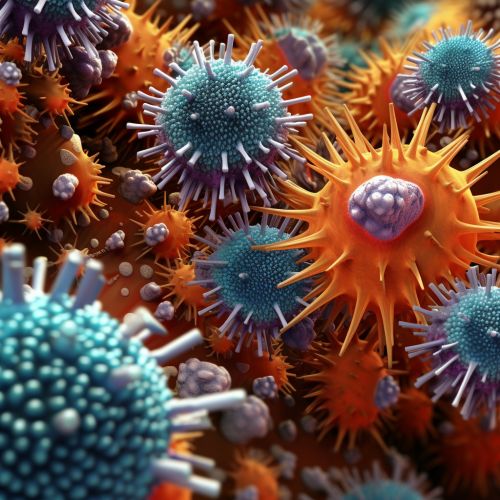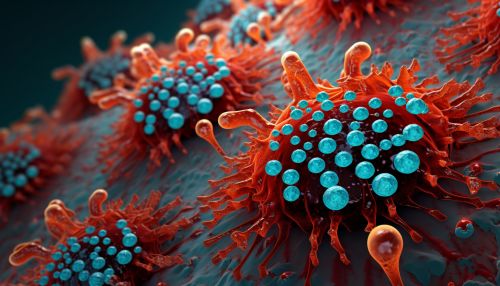Polio
Introduction
Polio, also known as Poliomyelitis, is an infectious disease caused by the poliovirus. This virus primarily spreads through the fecal-oral route, and less commonly, by contaminated food or water. The disease can lead to paralysis and even death.
Etiology
Polio is caused by the poliovirus, a member of the genus Enterovirus and the family Picornaviridae. The virus is a small, non-enveloped, single-stranded RNA virus. There are three serotypes of the poliovirus: PV1, PV2, and PV3, each with a slightly different capsid protein.
Transmission
The primary mode of transmission of polio is person-to-person spread via the fecal-oral route. The virus can also be transmitted through contact with infected respiratory secretions or saliva, or through contaminated water or food.
Pathogenesis
Upon entering the body, the poliovirus initially multiplies in the cells of the throat, intestines, and the Peyer's patches in the gut. The virus then enters the bloodstream, a phase known as viremia, and spreads to other tissues.


Clinical Manifestations
The majority of individuals infected with the poliovirus are asymptomatic. However, in a small percentage of cases, the virus can invade the central nervous system and cause paralysis. The severity and type of paralysis can vary, but it often results in the classic manifestation of acute flaccid paralysis.
Diagnosis
Diagnosis of polio is primarily based on clinical findings, particularly the presence of acute flaccid paralysis. Laboratory confirmation of the disease involves isolating the poliovirus from a patient's stool or detecting virus-specific antibodies in the serum.
Treatment
There is no specific treatment for polio. Management of the disease primarily involves supportive care, including pain relief, physical therapy to prevent deformity and loss of muscle function, and in severe cases, ventilatory support.
Prevention
Prevention of polio is primarily achieved through immunization. There are two types of vaccine available: the inactivated poliovirus vaccine (IPV) and the oral poliovirus vaccine (OPV). Both vaccines induce immunity to all three types of poliovirus, effectively preventing the disease.
Eradication Efforts
The Global Polio Eradication Initiative (GPEI) was launched in 1988 by the World Health Organization, UNICEF, and The Rotary Foundation, with the goal of eradicating polio worldwide. As of 2020, polio remains endemic in only two countries: Afghanistan and Pakistan.
